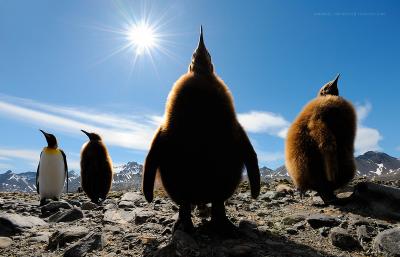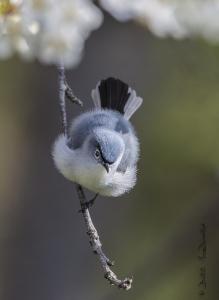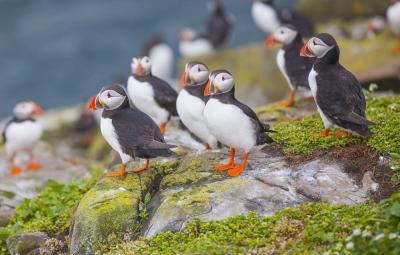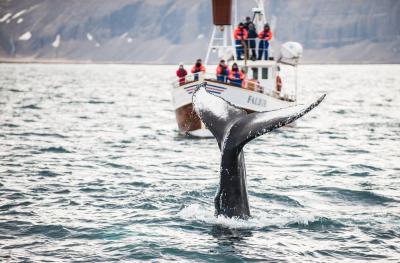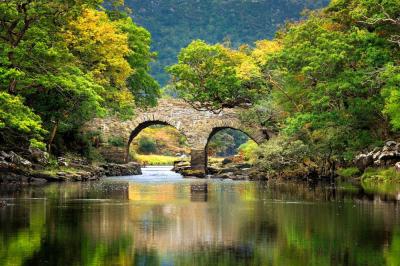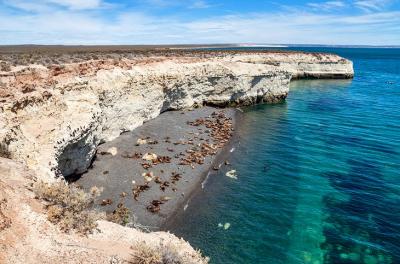7 Results in category Bird Watching
Birding or birdwatching is a kind of the recreational activity when people’re fond of observing the birds. Birdwatching can be done with the help of binoculars, telescopes or just with the naked eye. As a rule birding involves a magnificent auditory and very often it’s more easy to identify some bird species by ear. Birdwatchers are fond of this activity for its recreational reasons, while ornithologists explore birds with the help of scientific approaches.
It’s worth to know that in the USA the notions “birders” and “birdwatchers” differ from each other. Birders are considered to be more attentive to all details of the bird’s habits, time of migration, distribution. Besides, birders are fond of traveling with the aim of searching the birds. Birdwatchers possess more limited aims without traveling far from their own houses, yards and local parks in order to view different species of birds.
Twitching is the type of the pursuit of the rare birds. In the USA twitching is more known as chasing. The terms “birder” and “twitcher” are directly opposite. Twitchers are called people who travel all over the world in order to see rare birds, to tick them or count on a list. So, the main aim of twitching is accumulating all species on the lists. There are some competitions when birders try to make the longest list of the rare species of birds.
Twitching is widely spread in the United Kingdom, the Denmark, Netherlands, Sweden, Finland, Ireland. These countries are not so big and this fact makes it possible to travel quickly with proper aims. Sometimes twitchers create big crowds while watching birds, for e.x. more than 2,500 of people gathered to watch a Golden-winged Warbler in Kent (England). Twitchers created their vocabulary: to dip out means to fail to see some rare birds, to grip off means to see a proper bird, suppression means to conceal news from twitchers.
Most of the birdwatchers make a special life-list of all species of the birds they have ever seen in their life with some detailed information (date, location). Of course, there are special rules about documentation of bird species recommended by American Birding Association (ABA). Nevertheless the rules for personal records are rather subjective.
Most of the birdwatchers use to observe local bird species, but some of the enthusiasts prefer trips in different places with the aim of observing unfamiliar birds. Spring and fall are considered to be the most attractive parts of the year when a great variety of birds can be seen during their migration to north or south with the aim of nesting or wintering. It’s much better to spot birds early in the morning as they are more active in this time of the day.
Seawatching is a kind of birdwatching when observers base at a headland and watch birds that fly over the sea. Seawatching is considered to be the part of the pelagic birding where different pelagic birds can be viewed. It’s worth to say that weather conditions play a big role in the presence of rare bird species, for e.x. a hurricane may bring some birds inland in North America or birds migration from the east may happen in Great Britain because of the wind conditions.
Exciting competitions in birding are held in many parts of our planet. Participants have to accumulate different species of birds within a period of time according to definite rules. Competitions in birdwatching include
Big Sit, Big Stay – birdwatchers try to view birds from a circle of the definite diameter. When the birds are spotted birdwatchers can leave their circle with the aim of confirming the identity.
- Big Day: teams possess 24 hours for identifying all possible species of birds;
- Big Year is similar to Big Day, but participants are individuals who must be eager to invest a great deal of money and time to their competitions.
The beauty and huge concentrations of wildlife of Antarctica is surely not a place to be missed for any serious world birder or general traveler, and we look forward to welcoming you on your Antarctic adventure!
As for you budding bird-watchers, it will be our great pleasure to help you take your first bird-watching footsteps.
Half a mile away from the capital city Reykjavik are the islands of Akurey and Lundey which are known for their gorgeous and cuddly puffin colonies
You may think that you need to be far away from civilization to see whales but actually you can go on a whale watching tour from Reykjavik, the capital city of Iceland.
One of the best places to commune with nature while exploring Ireland is Killarney National Park.
Home to more than 140 different species from across the world, Lagos Zoo offers a family-friendly alternative to the crowded Algarve coast
The city of Puerto Madryn lies on the shores of Golfo Nuevo in one of the most sheltered places on the Patagonian coast. Founded by Welsh settlers in 1886, the city's deep-water port and abundant nature reserves make it one of the most popular cruise

